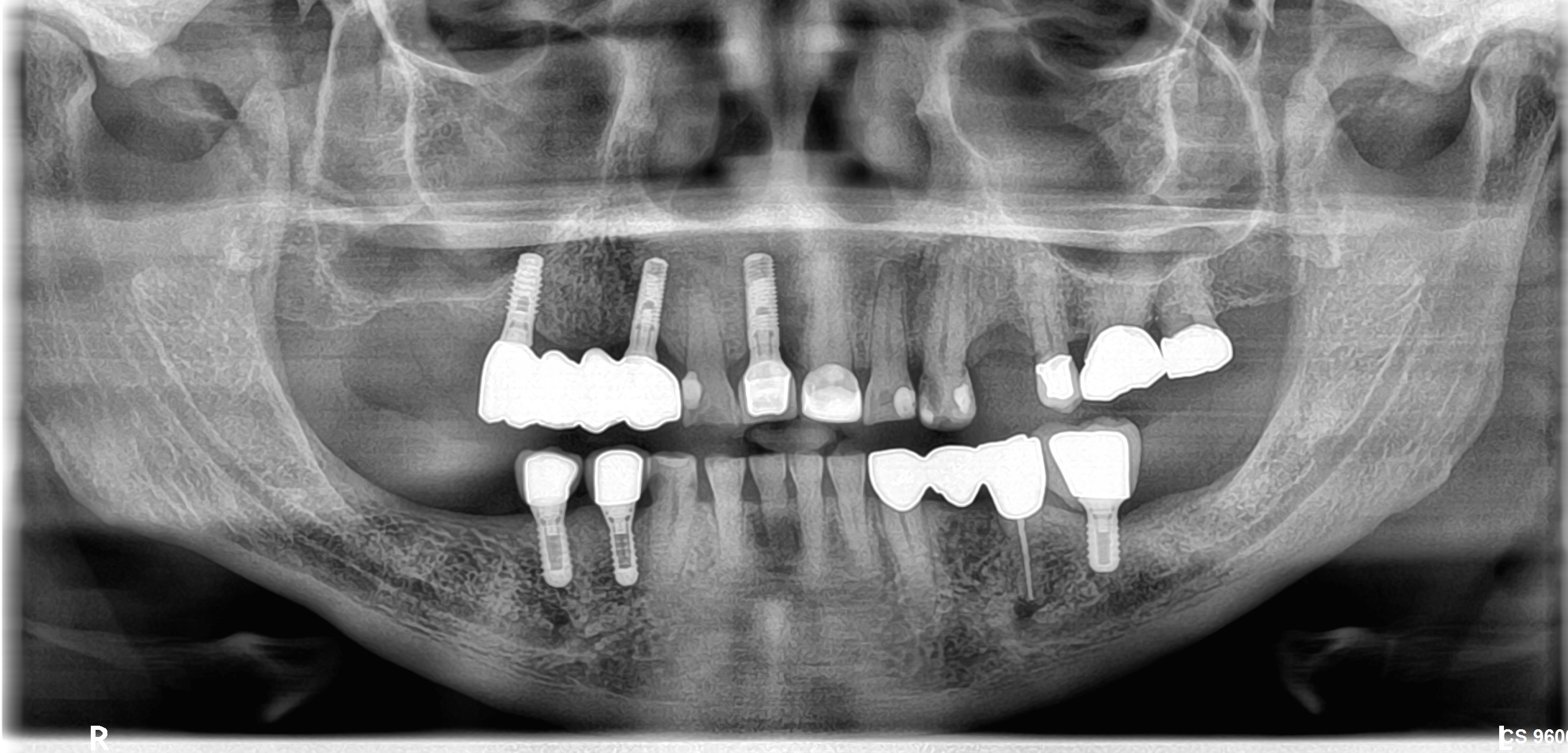Orienting Drills and Implants to Avoid Lingual Concavity?
Dr. H. asks:
I have just started placing dental implants. I am only doing simple and straightforward cases. When I need to place an implant in the mandibular premolar-molar area I use a panoramic radiograph to orient myself. I measure the distance from the height of the alveolar ridge to the top of the inferior alveolar nerve canal. I set my stops so that I penetrate no deeper than 2mm above the inferior alveolar nerve canal. I place the implant at the center of the alveolar ridge in a buccolingual plane. So far I have not had a problem. But I know that panoramic radiographs can present a distorted image. And I am wondering about orienting the drills and implants in the proper orientation to avoid the lingual concavity. Can anyone please offer some advice? Is my protocol accurate and predictable?
















